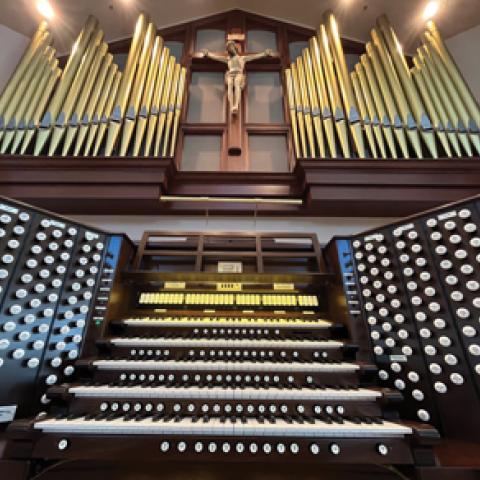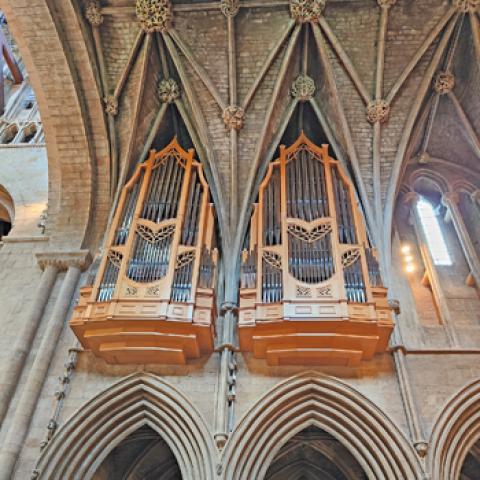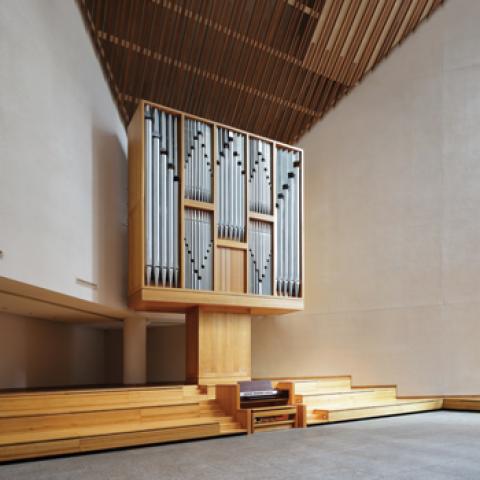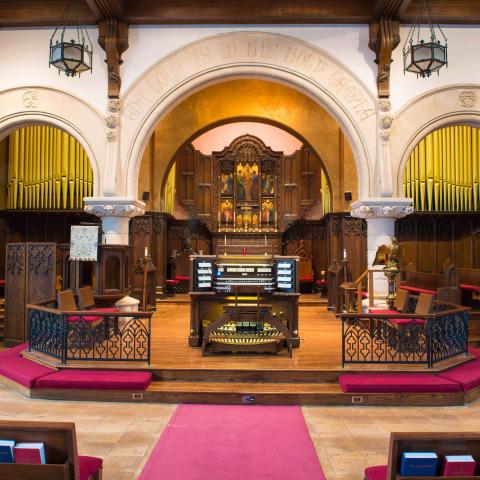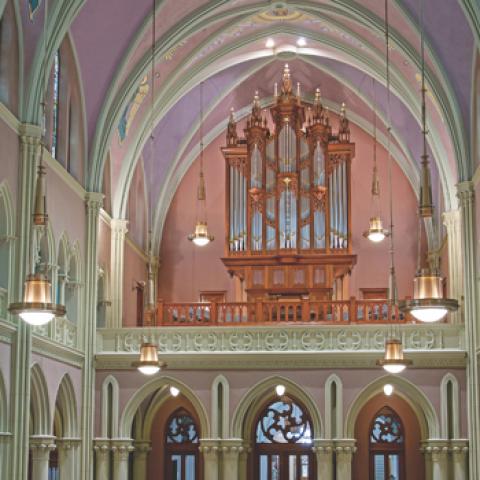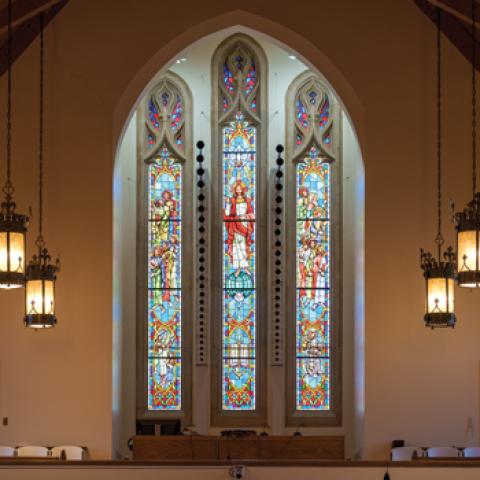
Fratelli Ruffatti, Padova, Italy, has completed the restoration of their organ at Coral Ridge Presbyterian Church, Fort Lauderdale, Florida.
The five-manual organ was built in 1972 during the tenure of Diane Bish, and over half a century after its construction, a complete restoration was needed. The work started near the end of 2022 and has involved the complete releathering and reconditioning of all windchests, restoration of 117 ranks of pipes and various other components, including the installation of adequate protection devices for the safety of maintenance personnel, a much-needed feature since the various organ divisions are organized at multiple levels within the case, for a total height of 45 feet from floor level. The tonal finishing and final tuning were completed before Christmas 2023.
For information: ruffatti.com/en.
Other organ builder news:

